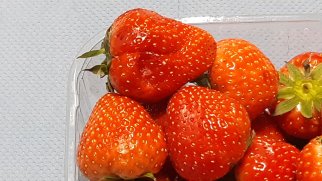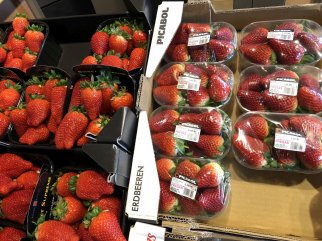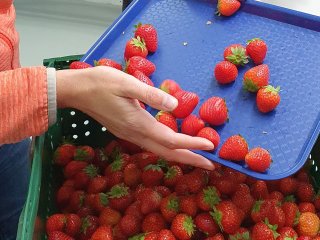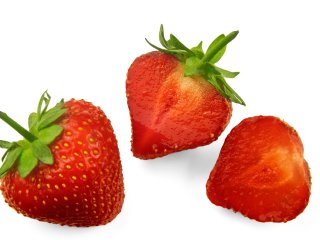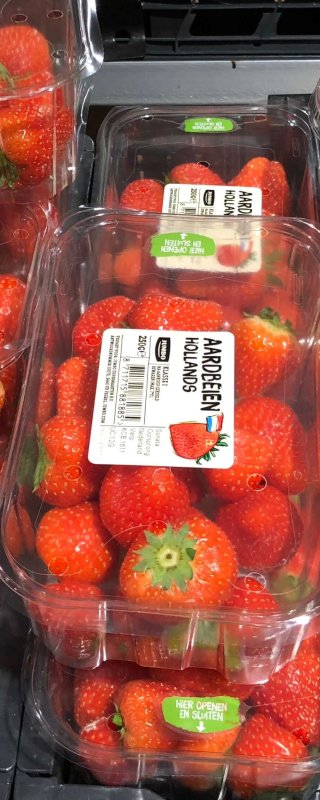
Retail practices for strawberry
Improved retail practices can lead to a higher quality of fresh fruit and vegetables and improve customer satisfaction. For the highest freshness of strawberries on the shelf and to minimize waste, 'first-in first-out' management may be the best strategy. However, quality inspections may lead to other decisions. The staff must be well trained in handling the different types of fresh produce. They must realize that fresh products are very susceptible to handling damage and to unfavourable conditions such as too low or too high temperature.
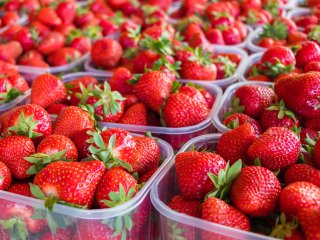
High quality strawberries
Strawberries are in many countries available year-round, partly covered by imports. But often there is a clear peak season. Strawberries should always look fresh, be sound and clean. The fruit condition in the store must be sufficient to ultimately arrive at the consumer's home in satisfactory condition. Because the shelf-life of strawberries is short, following best practices is essential. So keep them refrigerated, and remove packages with diseased and overripe fruits. Very careful handling is essential to maintaining quality.
